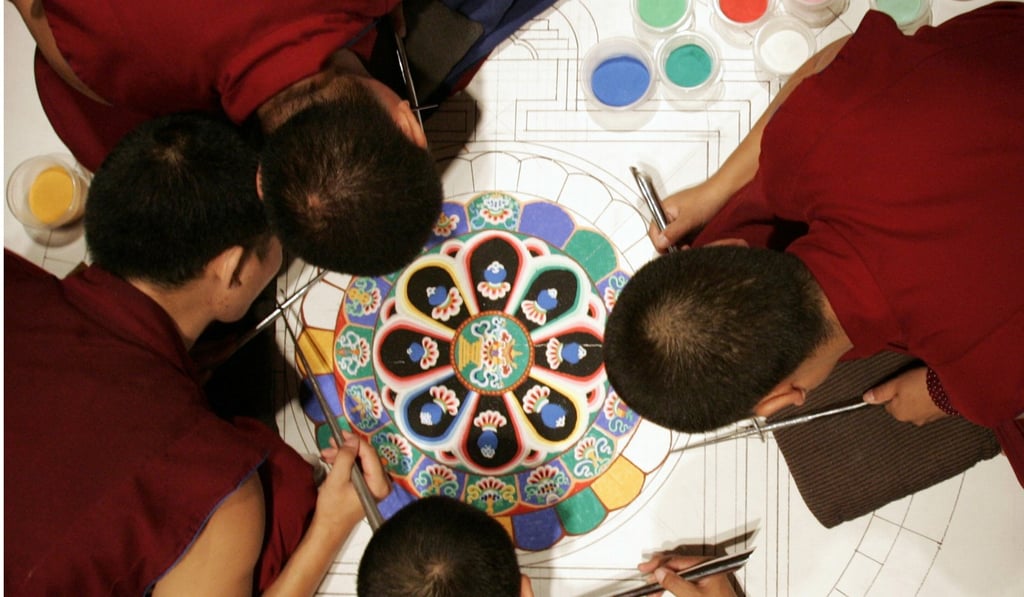How a Tibetan hotelier born in exile helped put Shangri-La on the map
At the age of 16, Dakpa Kelden returned to his father’s hometown and enrolled at elementary school to learn Chinese. Today, he operates boutique hotels in Shangri-La and Lijiang and works to preserve Tibetan culture

Trading places My father, Renchen Phutsok, fled to India in 1959 (the same year Sino-Tibetan relations broke down and the Dalai Lama escaped to India). He was a proud Khampa (a native of the area in present-day Sichuan, Yunnan and Gansu historically known as Kham). He’d been a lado, a trader on the Ancient Tea Horse Road who brought tea from southern Yunnan all the way up to Lhasa, and into Nepal and India, where it was traded for furs, copper and gold.
He met my mother, Padma Dolma, in exile; they both had daughters from previous marriages. I was born in 1970, in a Tibetan settlement in Madhya Pradesh, right in the heart of India, the youngest child and only son. One of my fondest memories is of my father regaling us with stories of the tea caravan. He told me about the beauty of the grasslands, the furry great yaks and the snowy mountains of our homeland.
Sofa so good From the age of nine until I was 16, I studied in a Tibetan monastery called Drepung, in the Indian state of Karnataka, with the goal of becoming a lama. I had to shave my head and wear red robes; that’s probably why I have long hair and wear jeans today.
It was a traditional education. Our curriculum included the chanting of scriptures, philosophy classes, Tibetan calligraphy and art practices like thangka painting and embroidery. It was tough. I remember seeing rich Indians sitting on sofas and imagining what that was like. I never thought I’d get to sit on a sofa.
Road to Shangri-La In the 1980s, Deng Xiaoping opened up Tibet. People could return to visit family members for the first time. We Tibetans have a proverb, “When the bird gets old, it flies back to the tree.” My father had lived overseas for many years but his heart remained at home in Gyaitang (then known as Zhongdian in Chinese, and since 2001 as Shangri-La). I had always wanted to go home too, having grown up with his stories.

In those days, the road from Kathmandu to Lhasa was terrible. We hitched rides on trucks and hiked. My father found some porters to help us move our luggage but I wanted to save money for a pair of jeans, so I offered to carry our belongings, which we kept in a big metal box. All I can remember is the weight of the box. I never did get those jeans.
